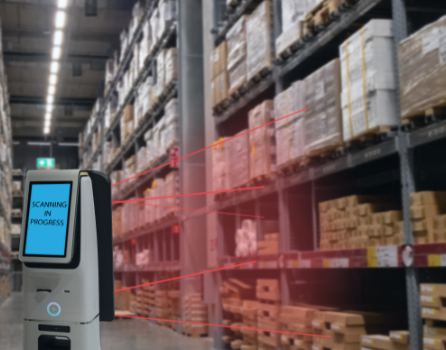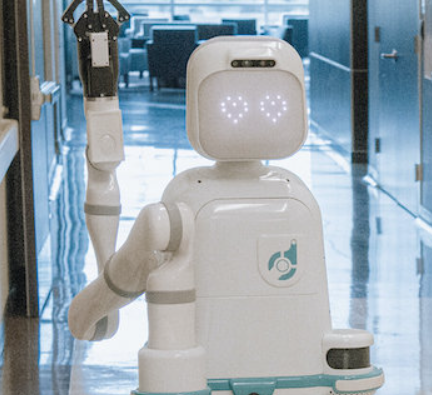
Warehouse automation has existed for some time, but recent advances in technology have pushed its potential far beyond conventional limits. With innovations like Artificial Intelligence (AI), the Internet of Things (IoT), and computer vision, logistics operations are experiencing a major shift in how storage and distribution tasks are managed.
At the core of this transformation is the goal to eliminate slow, repetitive processes and replace them with faster, more efficient systems. Automated storage solutions and robotic systems allow warehouses to operate with higher precision, enabling staff to focus on tasks that demand human oversight or creativity.
In a fast-paced global market, logistics companies and online retailers are increasingly investing in these innovations to stay competitive. By embracing intelligent automation, they’re not just reducing costs—they’re setting a new standard for efficiency and accuracy in warehousing.
Why Automation Matters in Today’s Warehouses
Using robotic systems and smart storage technology, warehouses can automate many previously manual tasks such as sorting, transporting, and monitoring inventory. Here’s why these advancements matter:
- Faster Operations: Robots can manage high volumes of goods swiftly without the fatigue or inconsistency of manual labor.
- Fewer Mistakes: Automated processes drastically reduce the chance of human error in sorting, labeling, and tracking inventory.
- Smarter Space Usage: With vertical racking systems and compact layouts, automated storage maximizes capacity while minimizing floor usage.
- Enhanced Workplace Safety: Reducing human involvement in hazardous or monotonous tasks lowers the risk of workplace injuries.
Leading Technologies in Warehouse Automation
Modern warehouses are adopting several cutting-edge tools to meet increasing logistical demands. Here’s a closer look at some of the standout technologies reshaping the field:
1. Intelligent Storage and Retrieval
Automated storage systems, often known as AS/RS (Automated Storage and Retrieval Systems), are now essential for fast-moving warehouses. These setups use cranes, conveyor belts, and lifts to place or retrieve goods without human input.
Benefits include:
- Improved space management through high-bay storage designs.
- Quicker picking times compared to manual shelving.
- Integration with inventory software, enabling real-time updates and efficient tracking.
2. Robotics in Daily Operations
Warehouses today rely heavily on robotics to streamline essential tasks. Common robotic types include Autonomous Mobile Robots (AMRs), cobots (collaborative robots), and Automated Guided Vehicles (AGVs). These machines are responsible for:
- Moving goods between zones
- Picking items from shelves
- Restocking inventory
- Supplying production lines
By integrating with management systems, these robots can adapt dynamically to changing priorities and ensure consistent productivity.
3. Smarter Sorting Solutions
One of the most critical parts of warehouse operations is sorting products accurately and rapidly. Automated sorting systems use barcodes, RFID readers, and advanced sensors to direct items to their correct destinations. When combined with mobile manipulators—robots capable of moving and handling items—this process becomes even more efficient, especially in high-volume environments.
4. Real-Time Tracking with IoT
IoT technology plays a central role in connecting different parts of the warehouse. Through smart tags, sensors, and connected devices, warehouses can track inventory movements and conditions in real time. This interconnectedness allows for better coordination between machines, streamlined inventory control, and reduced downtime.
5. AI-Powered Decision Making
AI is being used to enhance warehouse operations by analyzing data to forecast demand, optimize picking paths, and improve overall workflow. Machine learning enables systems to improve over time by learning from past actions. This helps in making quicker decisions about storage locations, restocking needs, and even detecting anomalies in the supply chain.
6. Visual Recognition with Computer Vision
Using cameras and image processing algorithms, robots can now recognize products, count inventory, and detect damage. Computer vision enables high-accuracy picking and quality control without manual inspection, making it a valuable tool in fast-paced logistics environments.
Looking Ahead: The Smart Warehouse Revolution
As automation becomes more intelligent and more accessible, it is clear that the future of warehousing lies in the hands of smart systems. Businesses that invest in these technologies will not only improve efficiency and reduce costs, but also adapt better to fluctuations in global demand.
Smart warehouses, driven by robotics and data, offer a way to transform traditional logistics into agile, responsive operations. This evolution is not just about replacing humans—it’s about empowering them by removing repetitive tasks and allowing focus on strategic, value-driven work.
In the years ahead, the successful integration of automation, AI, and IoT will become the benchmark for operational excellence in logistics. Warehouses that act now will lead the way in setting new standards for speed, accuracy, and adaptability.












